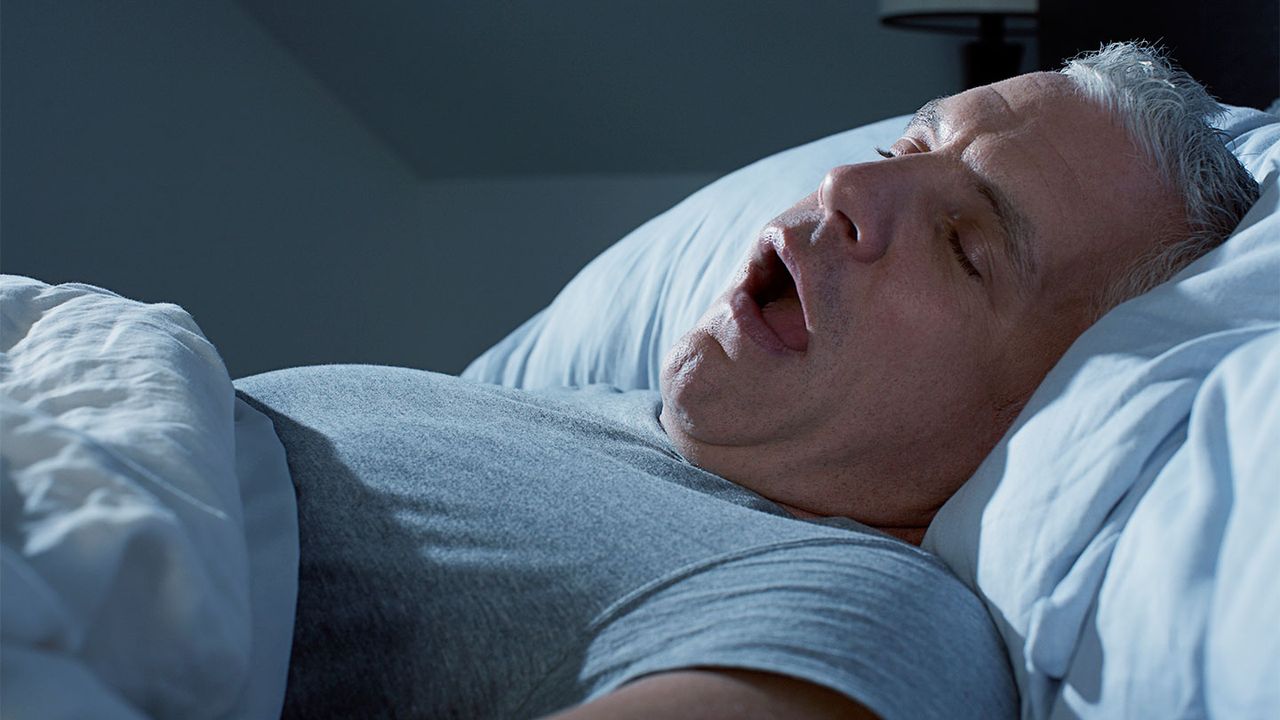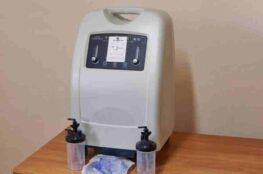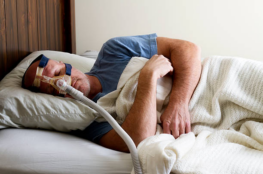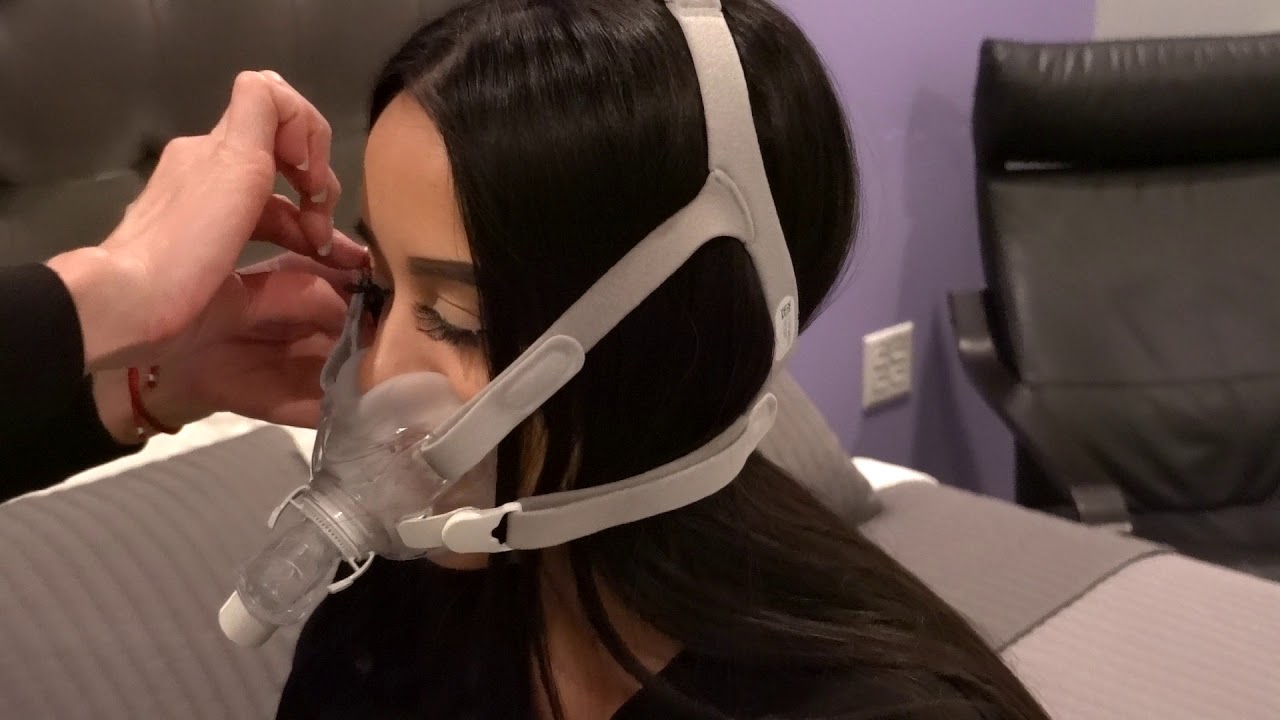While getting used to sleeping with CPAP machines, it is common to experience anxiety or uncomfortable. You should prepare for this. There is always a way to receive the peaceful sleep you need in order to live the life you want, as someone learns how to adapt to sleeping with a sleep apnea treatment device every single day.
You may learn how to change your body and sleep pattern to your new treatment on your own terms by using the following tactics as you discover how to adapt your body to the new therapy.
If you’re new to using cpap machines while you sleep, making good habits and following the right measures will help you get used to the equipment more quickly and get more rest as you become used to your new routine.
Establish a regular sleep schedule.
You need to have your sleep apnea treated if you want to keep up your current level of health and wellbeing. Since sleep is so crucial, some sleep specialists are even going as far as to recommend sleep as a medication and counsel patients to practice good sleep hygiene, which includes getting the recommended eight hours of sleep each night. Many people these days utilize sleep as medicine.

What is good sleep hygiene? It entails a series of actions that must be taken in order to promote restful sleep. Try to generally abide by these principles:
To remind yourself that it is time to get ready for bed, establish a nighttime ritual. Avoid using TVs, phones, or laptops throughout this process if as all possible. Don’t work out just before night; do it throughout the day. Caffeine should not be consumed in the late afternoon or evening. To avoid “rebound insomnia,” avoid consuming alcohol before bed.
Put the mask on as soon as you’re ready.
When you first start using CPAP machines, it’s important to take things slowly and get used to it on your own terms because it can be difficult to get used to them. The first step is to try wearing the mask for brief periods of time during the day, especially when you are not tired, to see if it is comfortable for you to wear. After that, put the mask on to get used to the sensation of wearing it on your face while engaging in a pleasurable activity, such as watching television or reading a book.
To obtain the perfect amount of comfort for you, you may find that you need to make a few modest modifications to the pressure or humidifier settings. In order to provide you the most effective treatment possible, your sleep expert and the firm that makes the equipment will have adjusted all of the pressure settings.
Keep in mind that you may utilize a variety of masks, some of which may be more comfortable for you to wear than others. Look into your possibilities to choose the face mask that most closely matches your requirements.

Ensure that your mask fits comfortably.
You must ensure that wearing your mask is comfortable for you, as was just said, but it’s conceivable that you’ll need to make a few tiny tweaks to ensure that it fits you well. The seal and the comfort must both be adjusted carefully and accurately.
Standing in front of a mirror while wearing your mask is a smart idea to make sure it is properly positioned on your face. After putting the mask on and finding a comfortable position, you may connect the tubing to the CPAP machine before connecting the machine to the mask.
Additionally, try it when you are lying down since your face may shift and it will be more difficult to keep a secure seal all night. The sleep apnea treatment will thus be as successful as it is humanly able.
When you’re tired and at ease, get some rest.
Because we often utilize our beds for activities other than sleeping, contemporary society has problems with sleep. We have our phones, laptops, and TVs on, all of which might keep us awake and prevent us from being tired or relaxed enough to go asleep easily.
You’ll want to create ideal sleeping conditions, especially while you’re getting used to your CPAP therapy, so that you can enjoy the high-quality sleep you’ll get after your untreated sleep apnea is under control. You’ll be able to get the type of sound sleep you’ll experience after your sleep apnea symptoms are gone thanks to this.
Make every effort to avoid talking about sensitive subjects that can cause worry or adrenaline, both of which are detrimental to getting a good night’s sleep. Also, avoid dealing with anything that generates blue light, such as electronic devices. To concentrate on getting some rest, do your best to block off your troubles from your mind.
Try doing something that helps you feel serene and collected in your thoughts to make the atmosphere around you more tranquil. To relax, take a shower or bathe in the tub. To relax, turn on some calming music or put on an audiobook. Before going to bed, consider engaging in some relaxation techniques like yoga or meditation. Whatever you decide, the most important thing is to make sure that your bedroom is a peaceful, distraction-free space.

Although you don’t need to use CPAP machines or have sleep apnea in order to follow these tips and tricks for wonderful sleep, you are required to in order to include any kind of medical equipment into your regular sleep pattern.
These are just a few ways you may speed up the process of getting adjusted to your new CPAP machine so that you can start sleeping better more quickly. The CPAP machine you are receiving is intended to enhance your sleep, and the techniques stated above are just a few.
I’m having trouble using my CPAP machine to fall asleep.
It’s important to understand the cause if using your CPAP machines causes you to have trouble falling asleep. The straps may be too tight. Do the mask and hose prevent you from sleeping in your preferred position? Is the noise excessive? You can be having trouble sleeping because of all of these reasons. You might try relaxing the straps if they are too tight to check whether you still have a good seal. That may make it more comfy.
Consider purchasing a CPAP pillow, which is specially made to make your chosen sleeping position compatible with CPAP, if the mask and hose are preventing you from sleeping in your preferred position.
Buying a mask with a low decibel output may help you fall asleep more easily since the CPAP machine generates the majority of the noise.
I put on my CPAP before I nod out. What ought I to do?
You won’t benefit from CPAP treatment if you fall asleep before turning on your CPAP machines. You’ll need to be alert for indicators that you’re going to nod off in order to avoid this. Are you breathing differently? Do your eyes ever feel tired? When you’re awake, do you snore?
You’ll be much more cooperative with your treatment if you opt to turn on your machine as soon as you realize you’re ready to nod off. Compliance is crucial because it increases your chances of reaping the long-term benefits of effective CPAP treatment.
Start using your CPAP machines right away. Start consistently utilizing your CPAP machines as the next step.
My AHI is still high even though I use CPAP machines every night.
There are a few things you may do if you diligently use your CPAP machines every night but don’t experience any of the advantages, such as more energy, less weariness, or a sensation of being well-rested.
1. Alternate Sleep Positions. The worst sleeping position for CPAP treatment is on your back. If you lie on your back to sleep, gravity naturally helps to shut the airway. Because of this, your CPAP needs to work harder while still perhaps failing to provide you a restful night’s sleep.
When you turn to sleeping on your side, gravity helps naturally maintain your airway open and works with you rather than against you. As a result, your treatment may once again be successful, and your CPAP will need to work much less hard to open your airway.
2. CPAP pressure settings should be raised. You may need to raise your therapeutic pressure if your CPAP isn’t functioning and you’ve tried sleeping on your side. To help your CPAP machines perform a better job of opening your airway, you’ll need your doctor to adjust the pressure settings on your machine to a higher level.
Conclusion
While CPAP machines is an excellent tool for treating sleep apnea, it must be constantly cared for and maintained to be in the optimum condition for both you and it. If you are using your CPAP machines properly, you should wear it for eight hours each night on average. During this time, your gadget will be exposed to the air in the room, your breath, humidifying moisture, pathogens, and a variety of other microscopic particles.
Because of this risk, you must periodically clean the whole CPAP machine, but it’s particularly important to clean your hose or tubing, which may otherwise become a breeding ground for bacteria.




